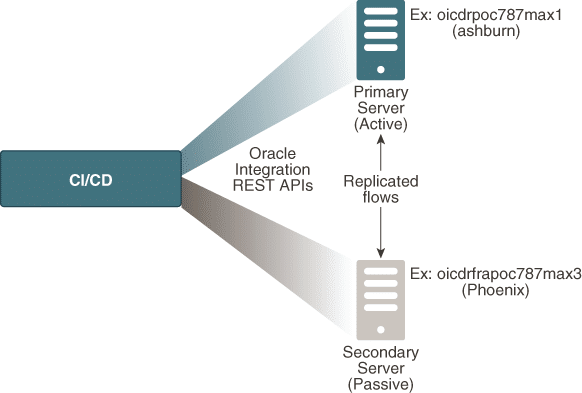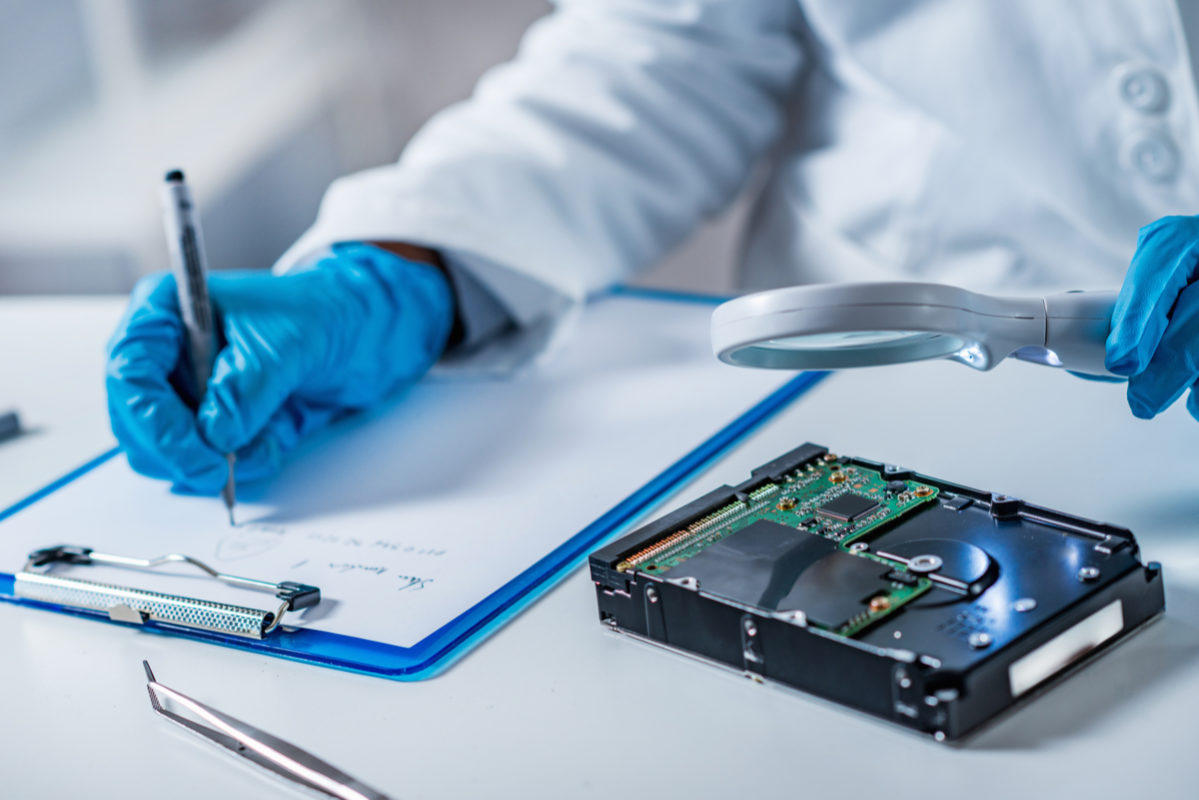File recovery is foundational in digital forensics, providing the means to extract and reconstruct data from digital devices. One of the cornerstone methods, file carving, is particularly effective when metadata is not available. This technique is pivotal for retrieving lost or deleted files by analyzing raw data blocks scattered across the storage medium. File carving operates independently of file system metadata, making it essential in situations where metadata is missing or corrupt. This contrasts sharply with metadata-based recovery methods that depend on intact system information to locate and restore files. Understanding these differences is crucial for digital forensic professionals as it allows them to choose the most effective recovery method based on the state of the data storage.
File Carving vs. Metadata Recovery: What’s the Difference?

-
Content
- What is File Carving?
- What is Metadata Recovery?
- Key Differences between File Carving and Metadata Recovery
- When to Use File Carving vs. Metadata Recovery
- Conclusion
-
Content
- What is File Carving?
- What is Metadata Recovery?
- Key Differences between File Carving and Metadata Recovery
- When to Use File Carving vs. Metadata Recovery
- Conclusion
What is File Carving?
1. Defining File Carving
File carving is a forensic process utilized to recover files based on content signatures rather than relying on any filesystem metadata. This technique is especially valuable in situations where metadata is absent or has been corrupted. By scanning storage media for patterns that match known file signatures, file carving can reconstruct data from mere fragments left on the disk.
2. Mechanics of File Carving
File carving primarily relies on identifying and using file signatures and patterns to piece together files. Each file type (.jpg, .pdf, .docx) has a unique set of binary patterns known as headers and footers. Carving tools scan for these patterns to locate the beginnings and ends of files. This method can be highly effective even in complex scenarios, such as when dealing with fragmented or damaged files.
3. Tools and Techniques for Effective File Carving
Several tools are specifically designed to facilitate file carving:
- Scalpel and Foremost are popular due to their speed and efficiency in handling large datasets.
- SalvationDATA, known for its robust forensic suites like DRS (Data Recovery System) and DBF (Database Forensics), integrates advanced file carving capabilities to support complex recovery tasks.Contact to get a Free Trial now!
- PhotoRec excels in recovering lost pictures and videos through file carving.
- Autopsy provides a comprehensive platform for digital investigations, with file carving as a key component of its toolkit.
In terms of techniques, file carvers may employ:
- Header/Footer Carving: Identifying the start and end of files.
- Header-Size Carving: Using known file sizes to guide the carving process.
- Bitfragment Gap Carving: Focusing on carving files from gaps left within bit fragments.
- Complex Carving: Dealing with files that are nested or interwoven with other data types, often requiring sophisticated algorithms.
Forensic analysts can get back important data in a lot of different situations if they know how to use and understand these tools and methods.
What is Metadata Recovery?
1. Defining Metadata Recovery:
Metadata recovery is a process used in digital forensics to retrieve files based on metadata information such as file system tables, which include details about file locations, sizes, and timestamps. Unlike file carving, metadata recovery relies on existing and intact metadata to accurately pinpoint and restore files from digital storage.
2. Evaluating the Pros and Cons of Metadata-Based Recovery
ADVANTAGES
- Efficiency: Metadata recovery can be significantly faster than file carving because it directly accesses file descriptors without needing to scan the entire storage media.
- Accuracy: When metadata is intact, this method provides a high degree of accuracy in file recovery, restoring files with their original attributes and directory structures.
LIMITATIONS
- Dependency on Metadata Integrity: The major limitation of metadata recovery is its dependency on the integrity of the file system. If the metadata is damaged, incomplete, or deliberately altered, metadata recovery might fail to retrieve any data.
- Vulnerability to Tampering: Since metadata can be manipulated, this method might recover manipulated or incorrect information, which can be a critical drawback in forensic investigations.
This approach forms a core component of network forensic tools and is often employed alongside more comprehensive digital forensics software to provide a dual strategy in data recovery scenarios.
Key Differences between File Carving and Metadata Recovery
Understanding the distinct methodologies and effectiveness of file carving and metadata recovery is essential for any digital forensic professional. These methods serve as fundamental tools in the toolkit of forensic analysis, but their applications and limitations vary significantly based on the condition and structure of the data involved.
1. Methodology: Pattern Recognition vs. Metadata Utilization
- File carvingis an indispensable technique in digital forensics that does not rely on the file system’s metadata.
- Instead, it scans the raw data across a storage medium to identify data patterns that signify the start and end of files.
- This approach is particularly beneficial in cases where metadata is absent or corrupted. Popular file carving tools like Scalpel and Foremost are specifically designed to detect and utilize these patterns, offering a way to reconstruct files from fragmented or damaged environments.
- In contrast, metadata recovery depends entirely on file system metadata, which includes details like file allocation tables, directories, and file headers.
- This method is highly efficient when metadata is intact and accurate, as it allows for quick location and restoration of files based on existing system information.
2. Metadata Dependence: Independent vs. Conditional Recovery
- One of the stark differences between the two approaches is their dependency on metadata.
- File carvingoperates effectively even when metadata is completely missing, making it a robust option in forensically challenging scenarios such as post-format recovery or severe data corruption.
- This method is particularly adept at extracting forensic evidence from areas of the storage that are typically not indexed by traditional recovery methods.
- Metadata recovery, however, cannot function without intact and accurate metadata.
- This method is rendered ineffective if the metadata has been tampered with or destroyed, which can often occur in cyber-attack incidents or as a result of physical damage to the storage device.
3. Accuracy and Completeness: Comprehensive Recovery vs. Dependable Restoration
- While file carvingis powerful, it generally provides less contextual information about the recovered files, such as original file names and directory paths.
- This could lead to a more labor-intensive process post-recovery, as additional analysis is required to determine the relevance and context of the files.
- Metadata-based recovery often results in more comprehensive restoration, including accurate file names, paths, and sometimes even timestamps, which can be crucial in legal contexts orwhen detailed documentation of data custody is required.
- However, the success of this method is highly dependent on the integrity of the file system’s metadata, limiting its utility in compromised environments.
When to Use File Carving vs. Metadata Recovery
Choosing the right data recovery technique is crucial in digital forensics, and understanding when to employ file carving versus metadata recovery can significantly influence the success of data retrieval operations. Each method has its strengths and is best suited to specific forensic scenarios.
1. When File Carving Is Necessary
File carving becomes indispensable in situations where the integrity of file system metadata is compromised. This includes scenarios involving:
- Corrupted or Damaged Storage: When storage devices suffer physical damage or logical corruption, the metadata that typically guides file recovery processes might be destroyed or become unreliable. File carving sidesteps the need for metadata, extracting data based solely on recognizable patterns within the file content itself.
- Deleted Files: Often, when files are deleted, their entries are removed from the file system’s index but the data itself remains on the storage medium until overwritten. File carving is particularly effective here because it does not rely on file system pointers.
- Recovery from Unstructured Data: In forensic investigations, sometimes data needs to be retrieved from formatted drives or partitions where structures have been wiped clean. File carving can recover files from such unstructured environments by identifying data patterns and reconstructing files byte by byte.
2. When Metadata Recovery Is More Effective
Conversely, metadata recovery is advantageous in conditions where the file system’s metadata remains intact and reliable. This method is preferable in cases like:
- Undeleted but Damaged Files: If files have not been deleted but have become inaccessible due to system errors or software malfunctions, metadata recovery can quickly restore access using existing directory information.
- Efficient System-Wide Recovery: For comprehensive data recovery across an entire device where the file system is largely undisturbed, metadata recovery provides a swift and efficient means of restoration, maintaining the original file structures and properties.
In digital forensics, the decision to use file carving or metadata recovery often depends on the state of the digital evidence and the specific goals of the investigation. Both techniques are invaluable, and often, a combined approach may be employed to maximize data retrieval and ensure a thorough forensic examination.
Conclusion
The techniques of file carving in digital forensics and metadata recovery are pivotal for effective data retrieval within the field of digital investigation. File carving allows forensic experts to extract and reconstruct files from damaged or formatted storage without relying on metadata. This method proves invaluable in cases where metadata is nonexistent or corrupted, ensuring that vital forensic evidence is not overlooked.
Meanwhile, metadata recovery leverages existing system information to rapidly restore files, maintaining their original attributes and providing comprehensive insights into the data structure. It serves as a powerful data recovery tool when metadata integrity is intact, allowing for efficient and accurate file restoration. Because forensic experts know when and how to use each of these advanced data recovery methods, they can approach each case with the best tools possible, which increases the chances of success in their investigations.




